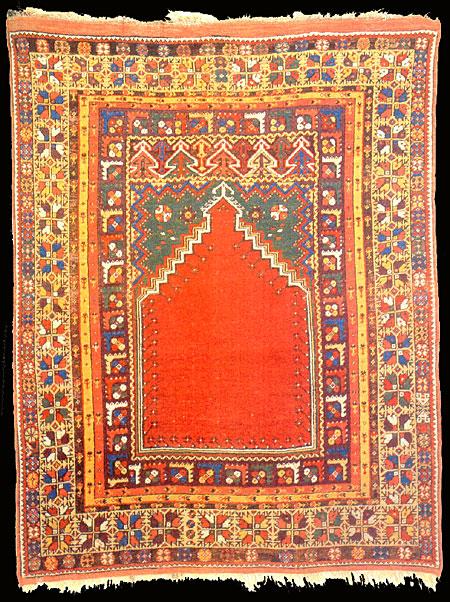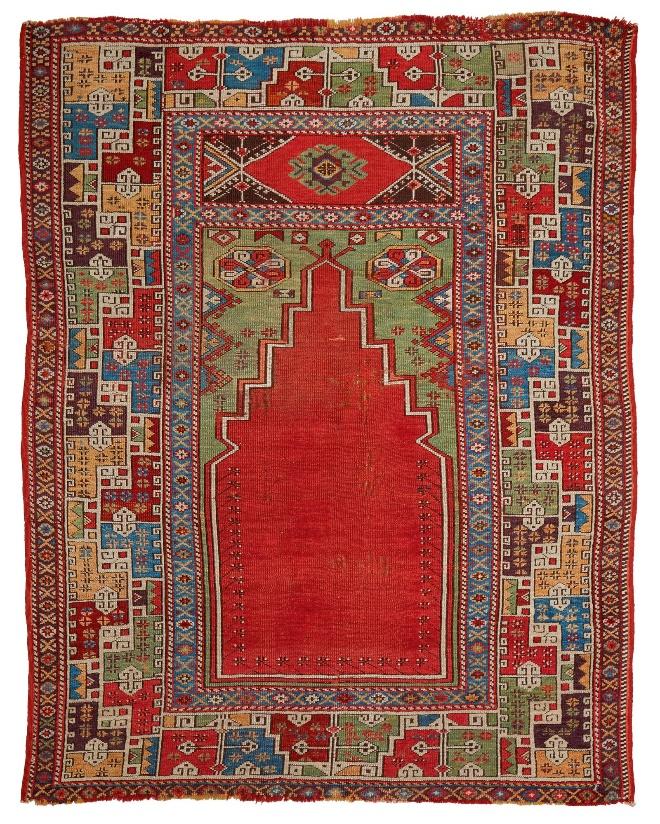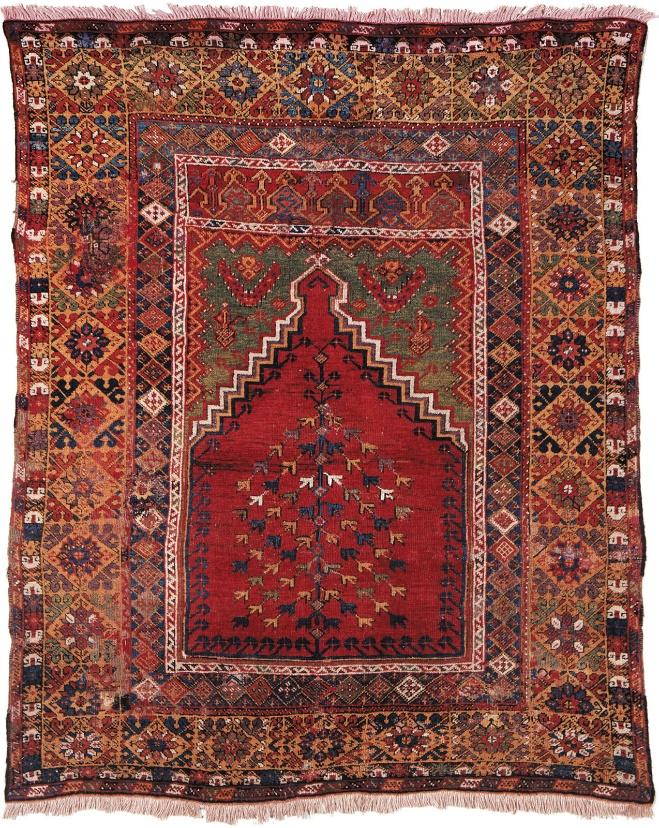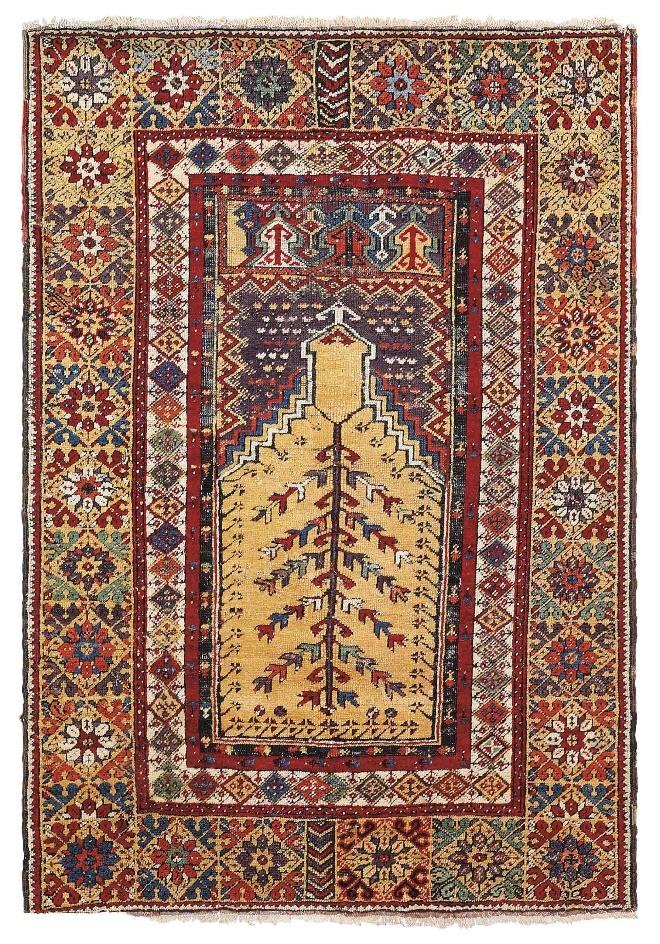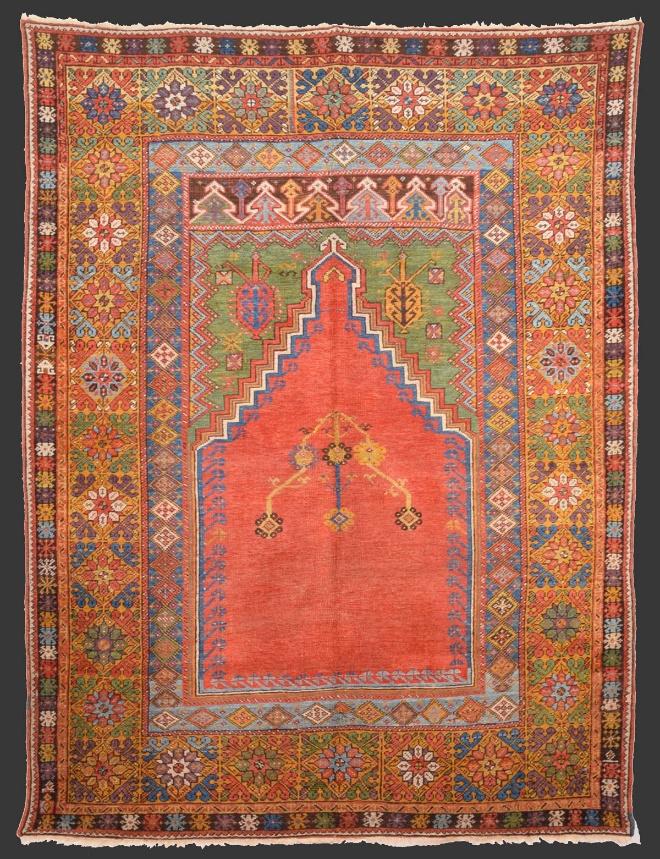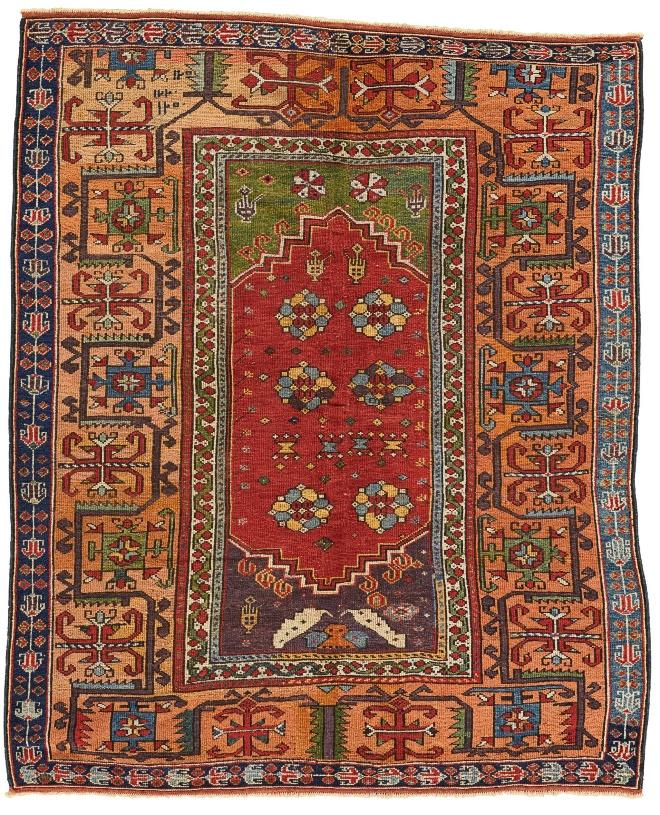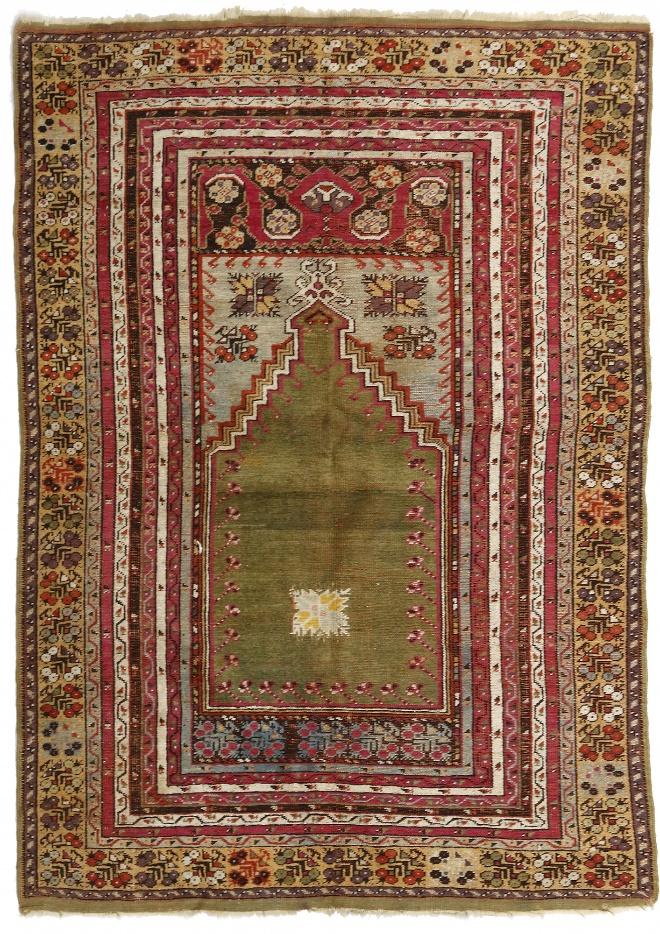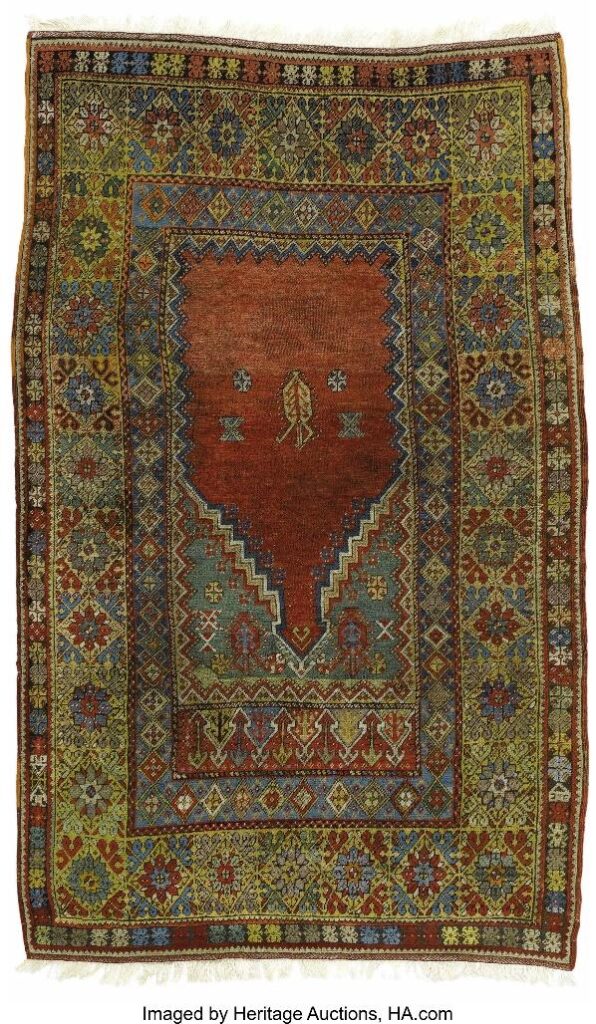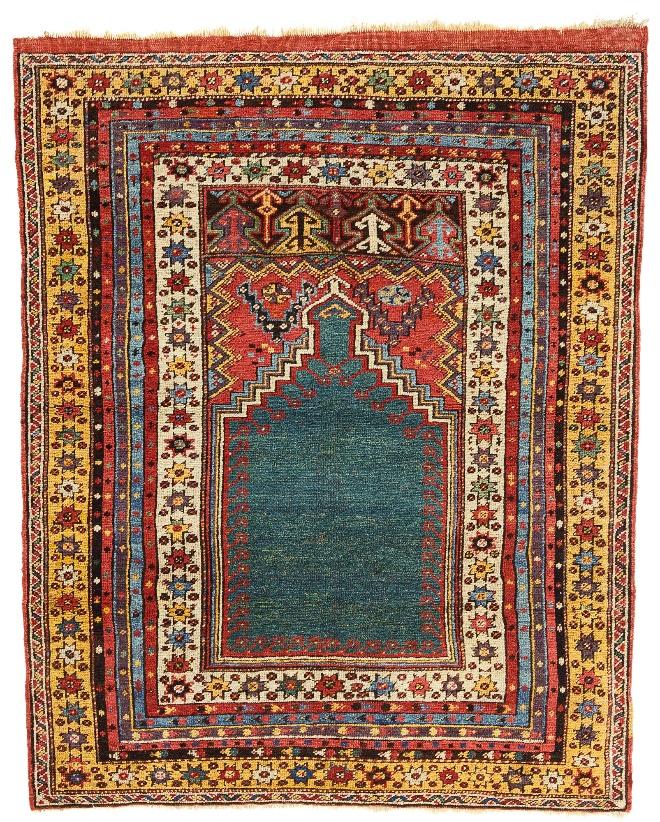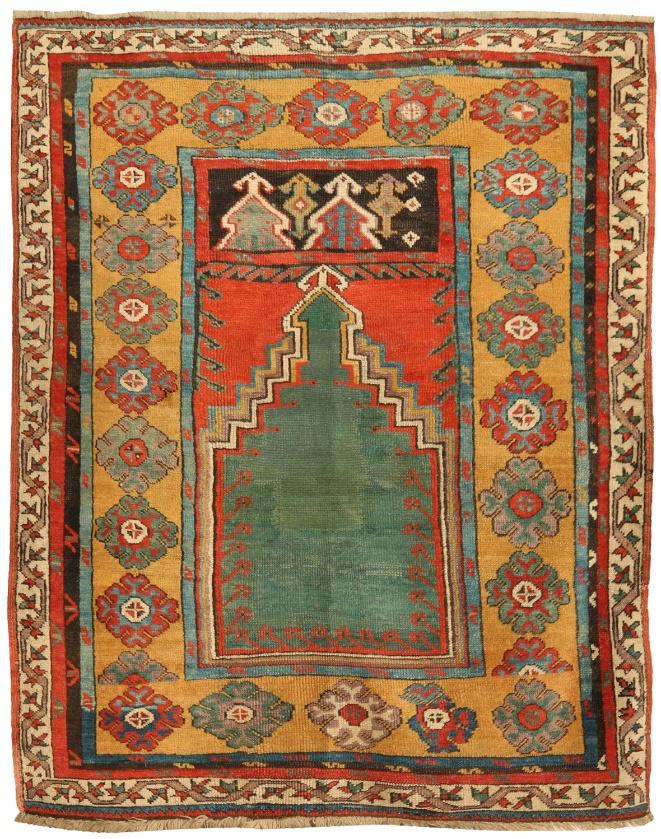Mucur Rugs
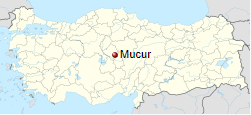
Mucur (also Romanized as Mudjur) is a town and district of Kırşehir Province in the Central Anatolia region of Turkey. According to 2000 census, population of the district is 24,945 of which 14,676 live in the town of Mucur. The area lies along a tributary of the Kızıl River (Halys River), the longest river wholly within Anatolia.
Kırşehir Province is located in central Turkey, forming part of the central Anatolian region. It stands on the North Anatolian Fault, and is currently in an earthquake warning zone. The average elevation is approximately 985 meters above sea level.
Mucur is known as a center for the production and sale of prayer rugs, saffs and other woven items.
Technical aspects and the structure of Mucur Rugs
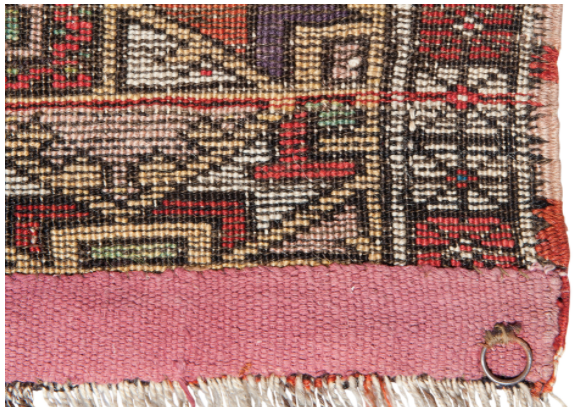
Mucur rugs are woven with symmetric (Turkish/Gördes) knots. Mucur rugs have woolen pile and foundation (warp and weft). Wool of the area is fine and glossy. Prayer rug is the most common size. Saffs are also woven here. These are prayer rugs supposed to be used by more than one prayer.
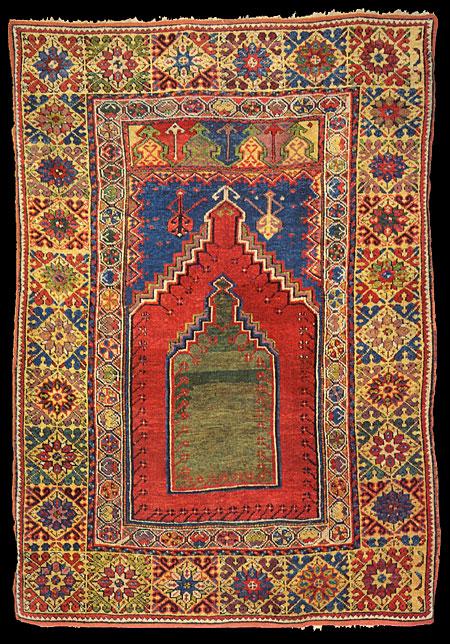
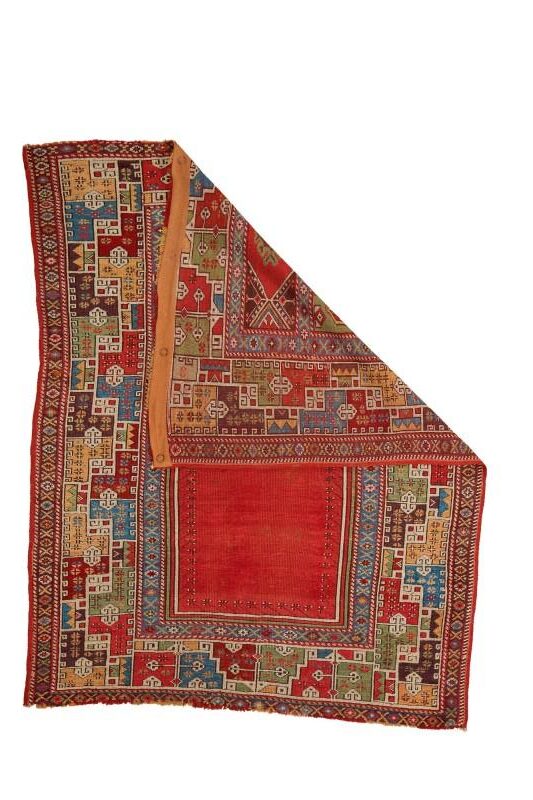
Dyeing and painting of Mucur Rugs
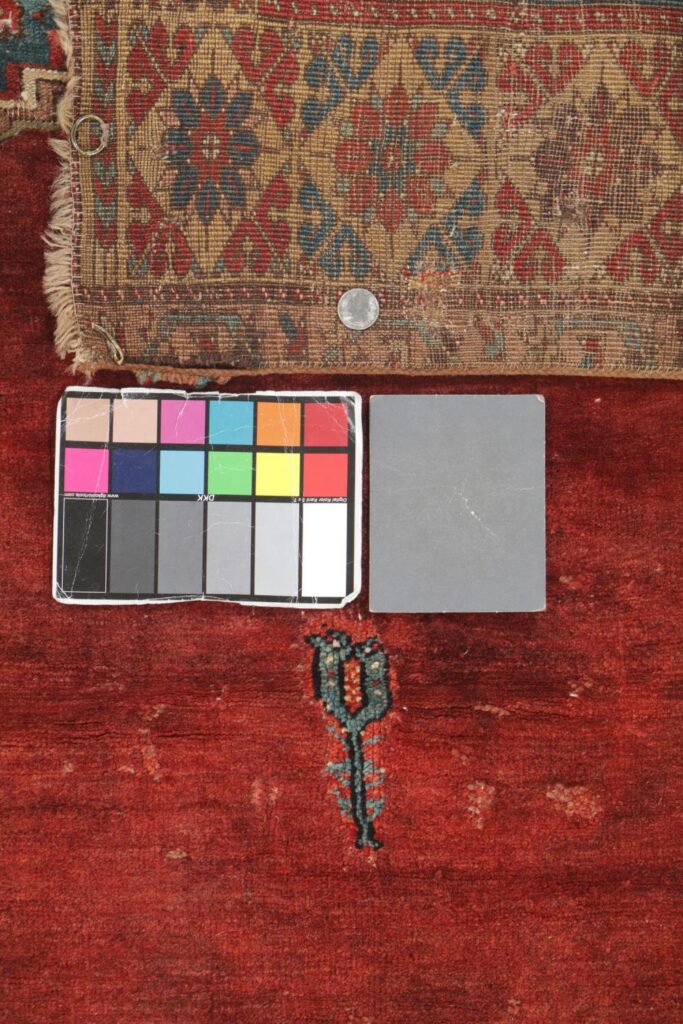
Glossy wool of the area lead to a shining palette. When dyed red, such wool glow like crimson silk. Mucur secondary palettes may include camel, yellow, beige, dark blue, azure, green, salmon and apricot. Antique Mucur rugs have muted shades of red, green, and brown.
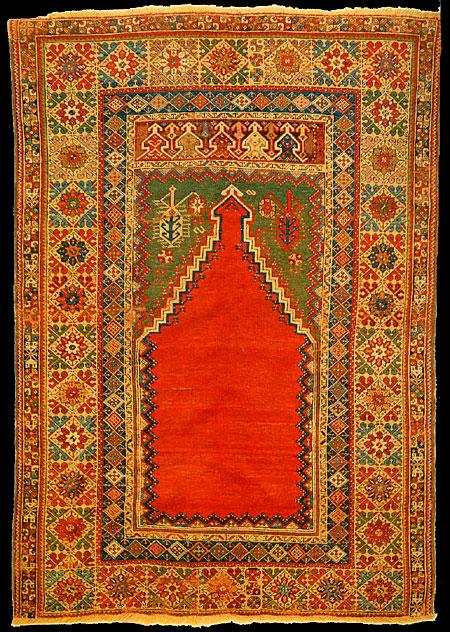
Designs and patterns of the Mucur Rugs
Mucur prayer rugs have stepped and/or pointed niches (mihrabs). Mihrabs are typically empty while the margins are filled with rows of geometric patterns (lozenges, rosettes and blossoms). Margins are wide in comparison to mihrabs. Multiple narrow borders frame the wide margin. Above the mihrab may be filled with a cross panel.
Saffs (prayer rugs supposed to be used by more than one prayer) typically have three or more mihrabs. These may be called family prayer rugs.
